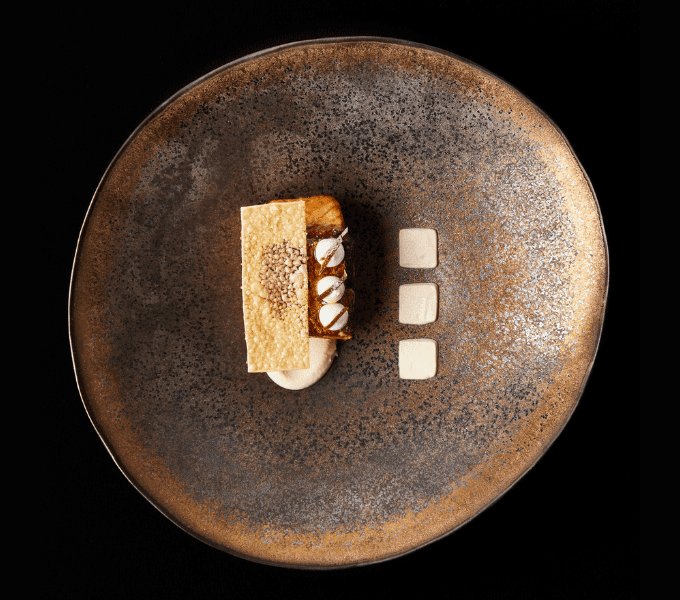Food styling refers to the practice of preparing and presenting food in an aesthetically appealing way. Whether for photographic or advertising purposes, or as an integral part of the culinary experience itself, the value of this practice lies in the combination of colours, textures, and shapes, capable of transforming a simple dish into a visual masterpiece. Dishes prepared in this manner have the power to evoke intense emotions and engage all five senses, giving life to a new culinary perspective where food becomes a complete and multi-sensory experience.
Even the most skilled chefs recognise the importance of plating as an essential element of their culinary art. In addition to creating exceptional flavors, they increasingly focus on the creative presentation of dishes. From strategically positioning secondary ingredients to selecting textures for sauces, every detail is crafted to meet customers' sensory and experiential expectations. Each dish tells a story, serving as a portal to explore and understand the gastronomic world and the creative philosophy of the chef-artist.
Food styling serves as a catalyst for creativity and imagination. Through visual appeal alone, dishes narrate experiences, evoke physical sensations, and trigger memories and emotions from the past. As a result, visual perception becomes indispensable for those aiming to convey concepts and emotions through food. By leveraging the art of table setting, the arrangement of food geometries, and the strategic use of colour, the culinary experience undergoes a transformation, breathing life into dishes that are truly "emotional”.
Let's explore the key aspects to consider in creating visually emotional dishes.






